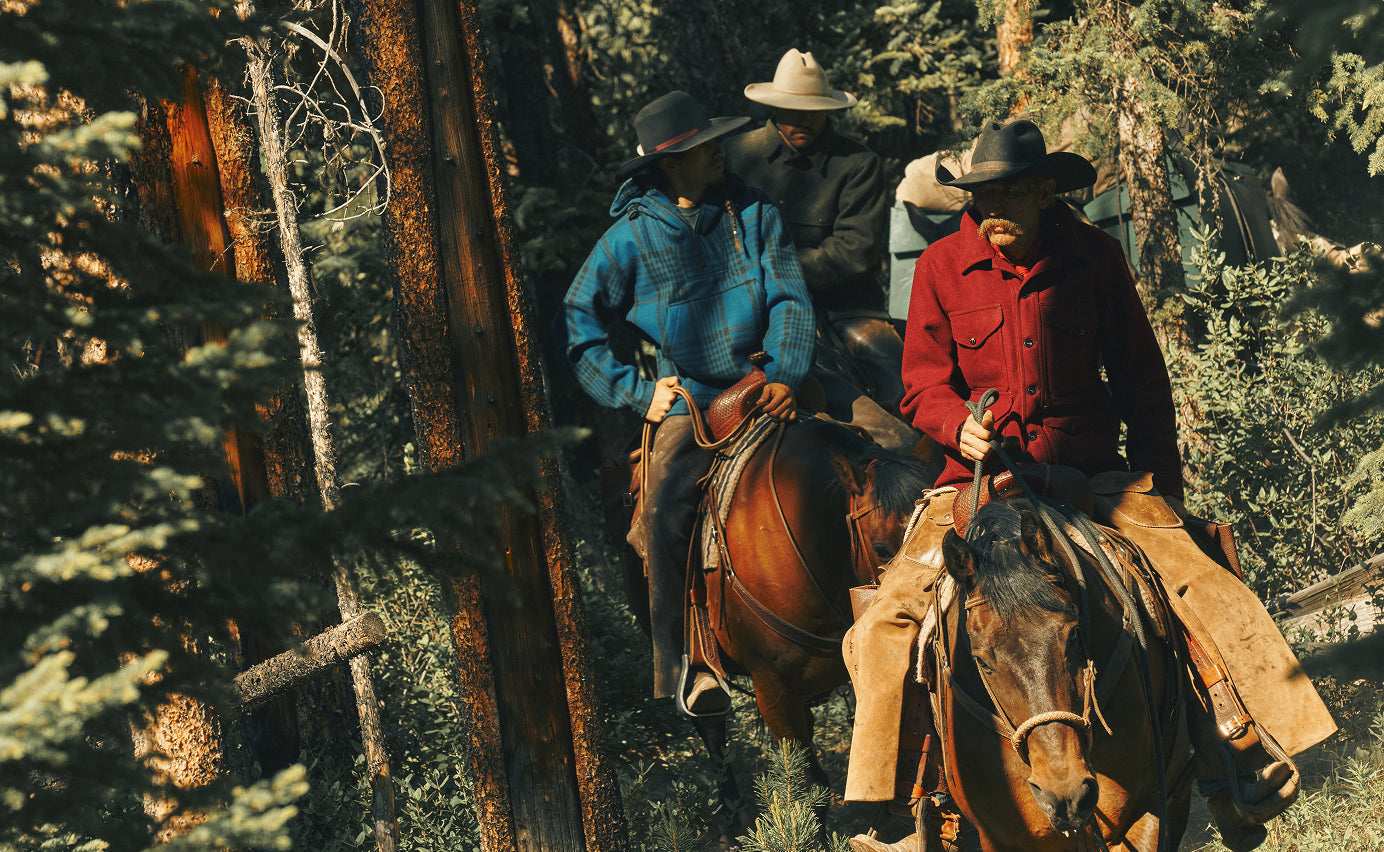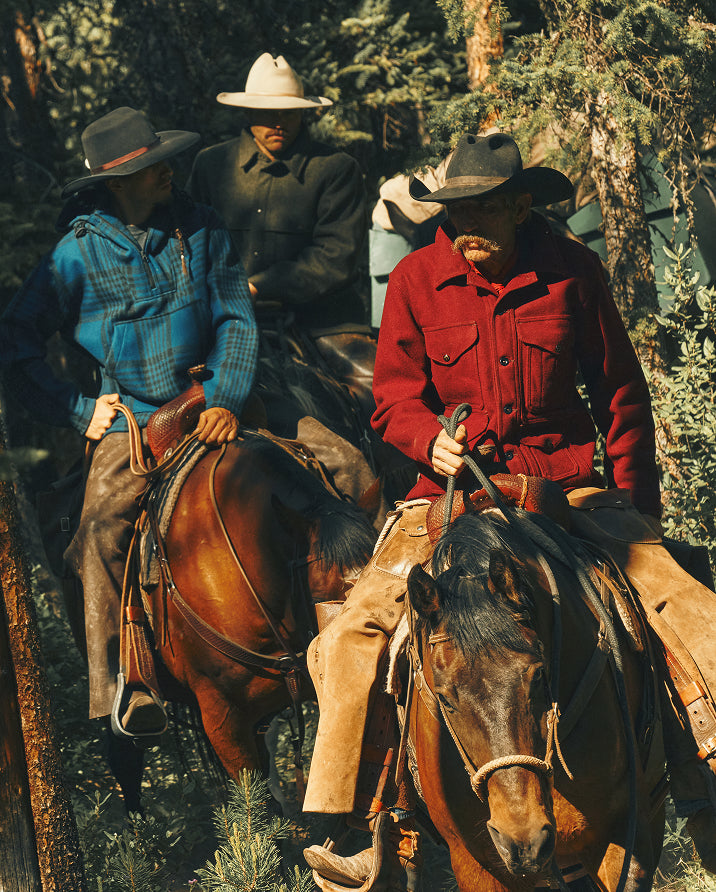

Mackinaw Wool Jackets
Mackinaw is Filson’s warmest wool for jackets. It weighs 24 ounces per linear yard and is made from the longest and strongest fleece fibers. Its tight 2x2 twill weave blocks wind and rain, with density that provides outstanding durability.
Shop AllWool Jac-Shirts
The original Filson Jac-Shirt is made with 18-oz. 100% wool and serves as a heavy shirt or light jacket. A versatile favorite for more than 50 years, our Jac-Shirts are made in a range of wools and insulations for a various weather conditions.
Shop AllSpokane Insulated Jackets
All-day comfort in the cold. Lofty insulation and corduroy for warmth. Weather-resistant wool-blend fabric for strength. Ready for long shifts and harsh seasons.
Shop AllWool Vests
Wool vests that insulate dry or wet, with durability for decades of service. Made with nature’s original performance fabric and ideal for core warmth in the widest range of weather conditions.
Shop All

Frequently Asked Questions
What are the Differences Between Filson Wools?
Mackinaw Wool
At 24 ounces per linear yard, Mackinaw is Filson’s warmest jacket wool. The longest and strongest large-diameter fibers are selected from the sheep’s fleece for Mackinaw Wool. Its tight 2x2 twill weave blocks wind and water, with density that provides outstanding durability.
Seattle Wool
Filson Seattle Wool weighs 18 ounces per linear yard, ideal for a fabric that can serve as a heavy shirt or light jacket. It’s made with finer fleece fibers than those used for Mackinaw, giving it a softer hand feel. Seattle Wool is woven in a 2x2 pattern with smaller-diameter yarns than Mackinaw Wool, making it less thick and heavy.
Forestry Cloth Wool
A lightweight wool at 13 ounces per liner yard, Forestry Cloth is an archival fabric we first used in the 1920s. It’s worsted, meaning the yarns are very tightly twisted prior to weaving. This gives it a firm surface and makes it highly wind resistant.
What Makes Wool a Good Material for Jackets?
Because wool is warm and breathable even when it gets wet, it’s been the preferred fabric in the outdoors for centuries. Wool has a unique fiber structure that naturally wicks moisture away for evaporation.
Why Choose Wool?
Wool wicks away moisture and absorbs up to 30% of its own weight in water without feeling damp or clammy, keeping the wearer dry in snow and light rain. Wool is comfortable in a wider range of weather conditions than any other fabric. With most synthetics, multiple garments are required in order to match a wool coat’s comfort in cold, wet weather. Because wool is more breathable than traditional rain gear, you’ll stay drier from the inside than when wearing a nylon or waxed-cotton jacket.
How to Care for Wool Jackets
Caring for wool is quite simple. Lightly brush the dirt or dried mud with a soft nylon-bristled brush. The unique structure of wool fibers allows dirt to easily release from the fabric. Wool that gets oily stains should be professionally dry-cleaned rather than washed in water. When storing a wool jacket during warmer months, hanging it in a cloth bag with cedar shavings will prevent moth damage. Wool should never be stored wet or in moist places and should only be dried at room temperature.
